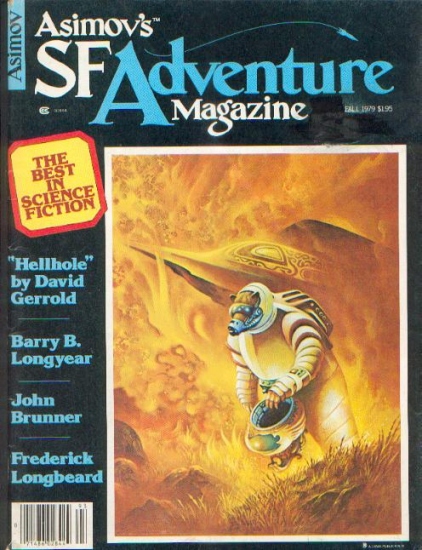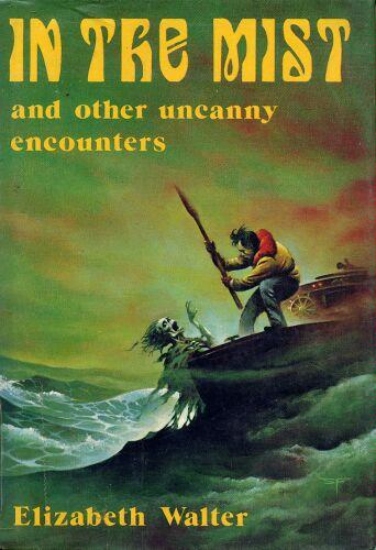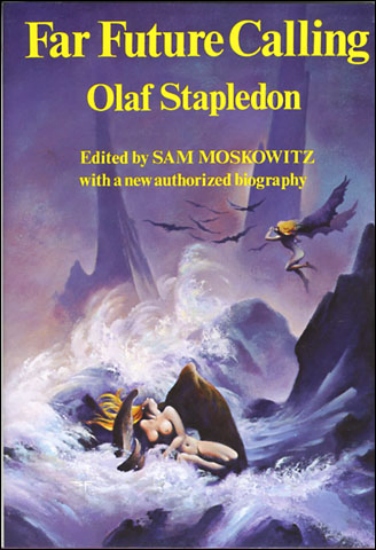The Golden Age of Science Fiction: Stephen Fabian
Peter Graham is often quoted as saying that the Golden Age of Science Fiction is 12. I was reminded of this quote last year while reading Jo Walton’s An Informal History of the Hugo Awards (Tor Books) when Rich Horton commented that based on Graham’s statement, for him, the Golden Age of Science Fiction was 1972. It got me thinking about what science fiction (and fantasy) looked like the year I turned twelve and so this year, I’ll be looking at the year 1979 through a lens of the works and people who won science fiction awards in 1980, ostensibly for works that were published in 1979. I’ve also invited Rich to join me on the journey and he’ll be posting articles looking at the 1973 award year.
In 1972, the British Fantasy Society began giving out the August Derleth Fantasy Awards for best novel as voted on by their members. In 1976. The name of the awards was changed to the British Fantasy Award, although the August Derleth Award was still the name for the Best Novel Award. A category for Best Artwork was created in 1977 and ran for three years until 1979. Stephen Fabian won the award in its second year. In 1980, the Artwork Award was replaced by an award for Best Artist and Fabian won the inaugural award. The category has remained part of the awards to the present day, although a re-alignment in 2012 means the awards are now selected by a jury rather than the full membership of the British Fantasy Society. In 1980, the awards were presented at Fantasycon VI in Birmingham.
Fabian was born on January 3, 1930 in Garfield, New Jersey. Fabian was self-taught and heavily influenced by Edd Cartier, Hannes Bok, and Virgil Finlay. He began creating sketches for fanzines in the mid-1960s, but it wasn’t until he was laid off from a job due to the oil embargo of the 1970s that he turned his skills towards professional artwork. On the day that he received word of the layoffs, he also received invitations from Sol Cohen and Jim Baen to submit work for their consideration for inclusion in Amazing Stories (Cohen) and Galaxy (Baen). His first paid work was a cover for Robert E. Howard’s Western The Vultures.
His work was also championed by book collector and publisher Gerry de la Ree, who published several portfolios of Fabian’s work, bringing him to the attention of both fans and publishers who were able to give him work.


